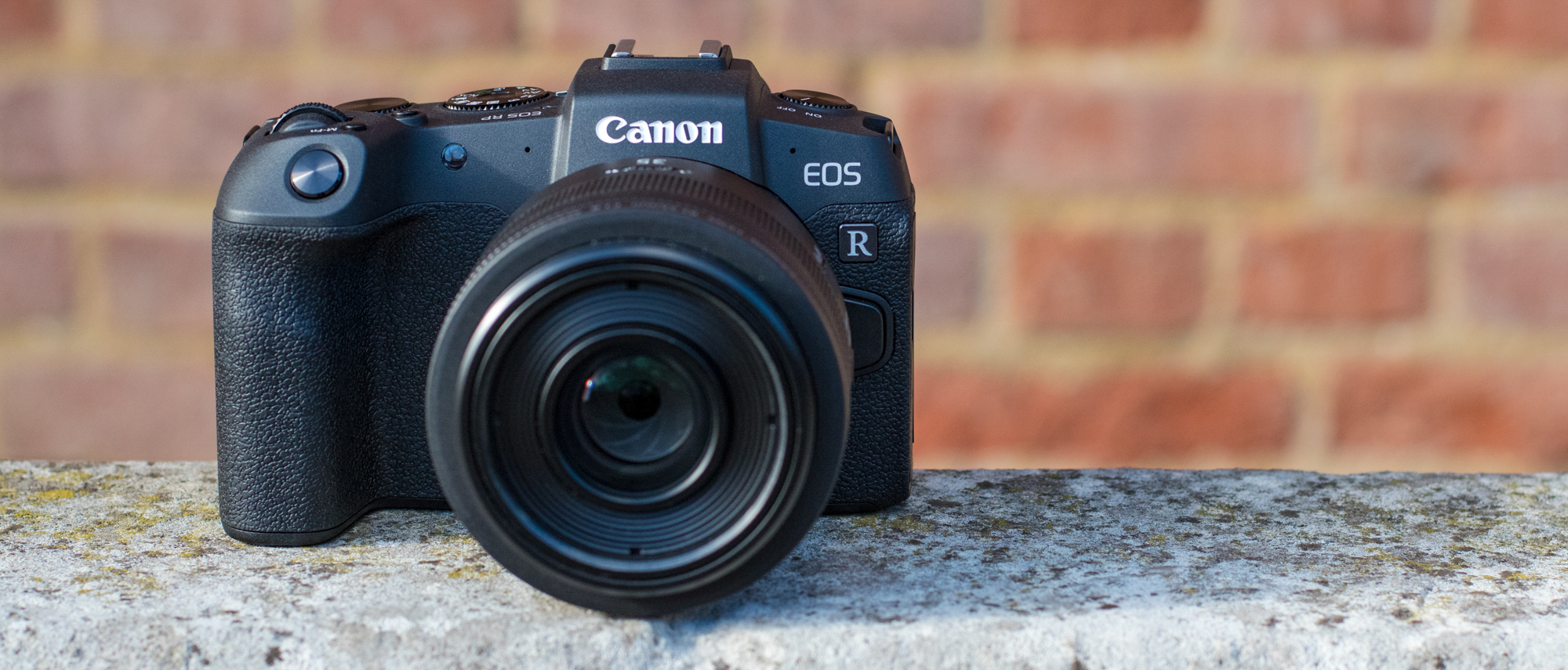Why you can trust TechRadar
Canon EOS RP: performance
- Generous buffer in both Raw and JPEG
- Silent shooting mode has limitations
- Responsive touchscreen and good EVF
The camera's 5fps burst shooting capabilities probably won't get action photographers too excited, particularly as this drops to 4fps when you call on continuous focus, but those who do occasionally need to call upon this feature will probably be nicely surprised with just well the camera can maintain this speed. Providing you're using a fast enough memory card, Canon claims the EOS RP's buffer allows for this speed to be maintained for as many JPEGs, C-Raw files or standard raw files as you need, and up to 98 simultaneous Raw + Large JPEGs or 170 C-Raw + Large JPEGs.
These figures are quoted for a 32GB UHS-II memory card, but testing the camera with a 64GB UHS-II card shows that it's capable of exceeding them. JPEGs, C-Raw files and standard raw files could all be captured on their own at the same 5fps rate without limitation, although we found 125 simultaneous Raw + JPEG frames could be captured without any slowdown, rather than 98, with these flushed to the card in just seven seconds. Even more impressive were the 213 C-Raw + JPEG files that ended up on the card in around ten seconds, and while you get the odd 'Busy' notification as these are being written, the camera is largely operational throughout.
This is a somewhat odd perk on a camera not specifically targeted towards action photographers. While some may have preferred a balance of a smaller buffer with a higher burst shooting speed, 5fps is still perfectly usable for moving subjects, even those moving at speed. So hats off to Canon here.
Given that all of the above requires the mechanical shutter, capturing so many images in one go is a somewhat noisy affair – less of an issue for sports but potentially a great one for more candid situations such as events wedding and macro involving live subjects. And one thing that splits the EOS RP from many others is the lack of a proper silent shooting option. One does exist, but this is buried in the scene settings and doesn't allow access to the standard exposure settings. Instead, you can brighten or darken the image over a sliding scale – which appears to have the effect of adjusting the ISO against an unchangeable combination of aperture and shutter speed – while burst shooting is also off limits here, although you can still select the focusing mode of your choice. Silent shooting is one of the great advantages of mirrorless cameras over DSLRs, so the way this has been implemented here is somewhat underwhelming.
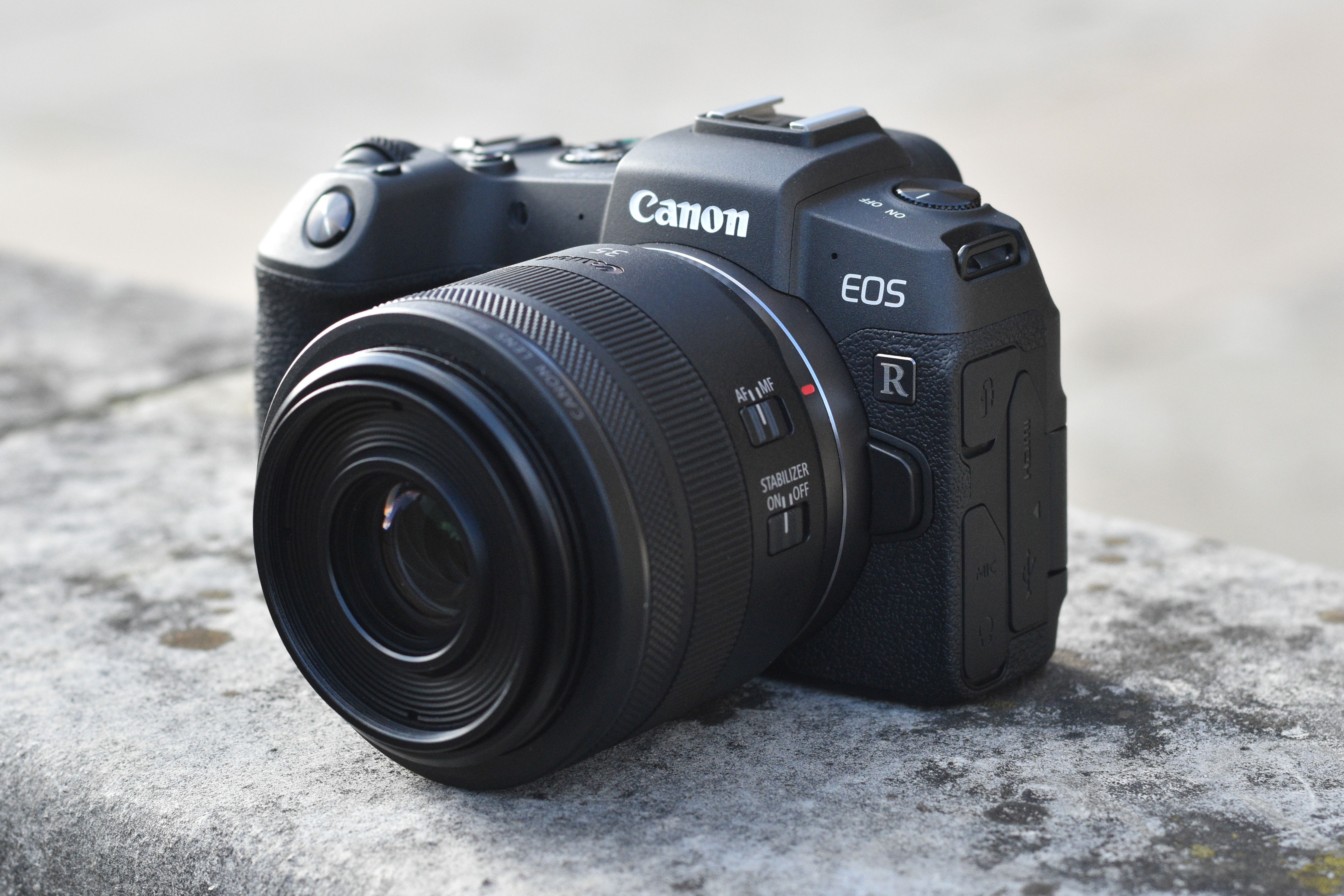
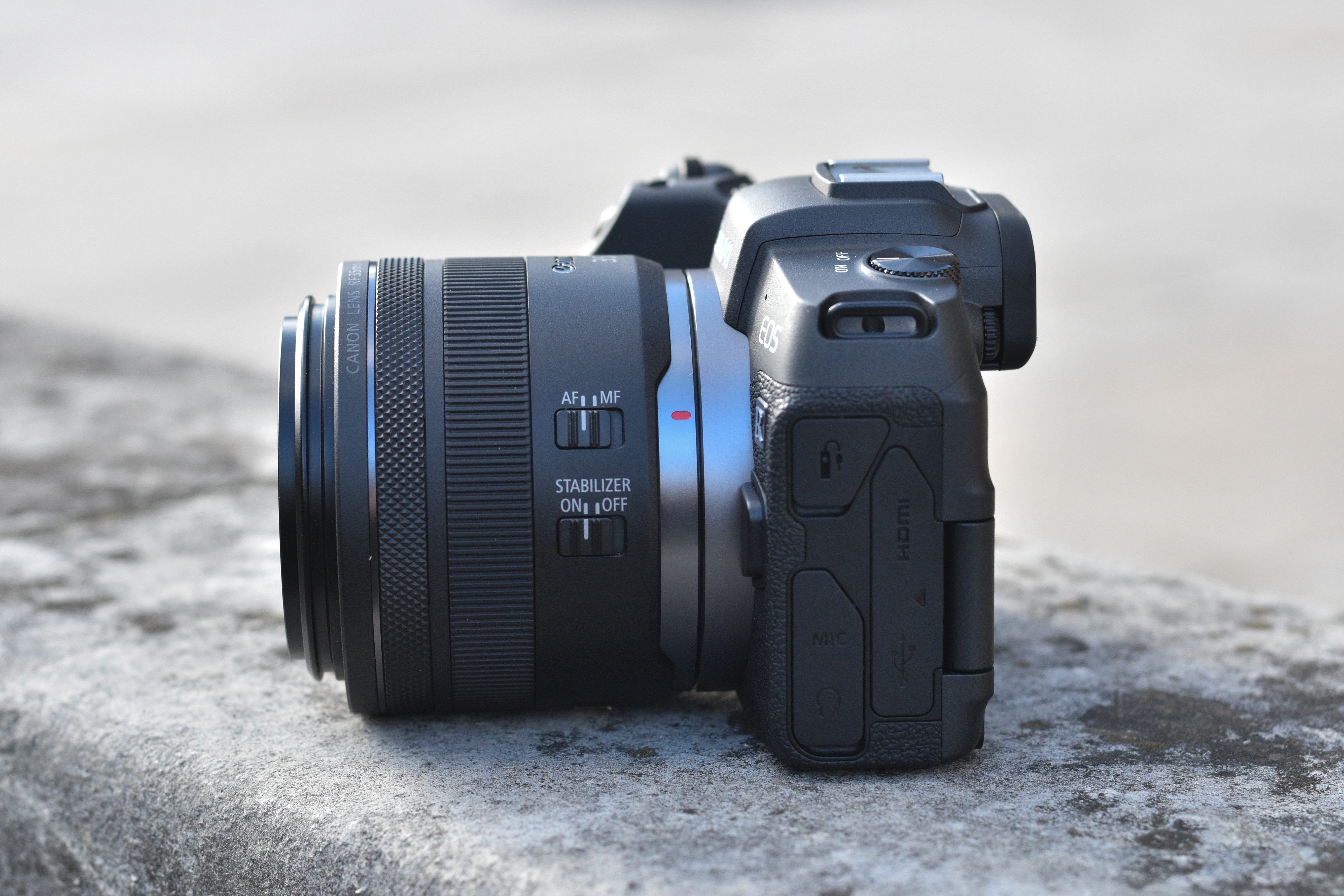
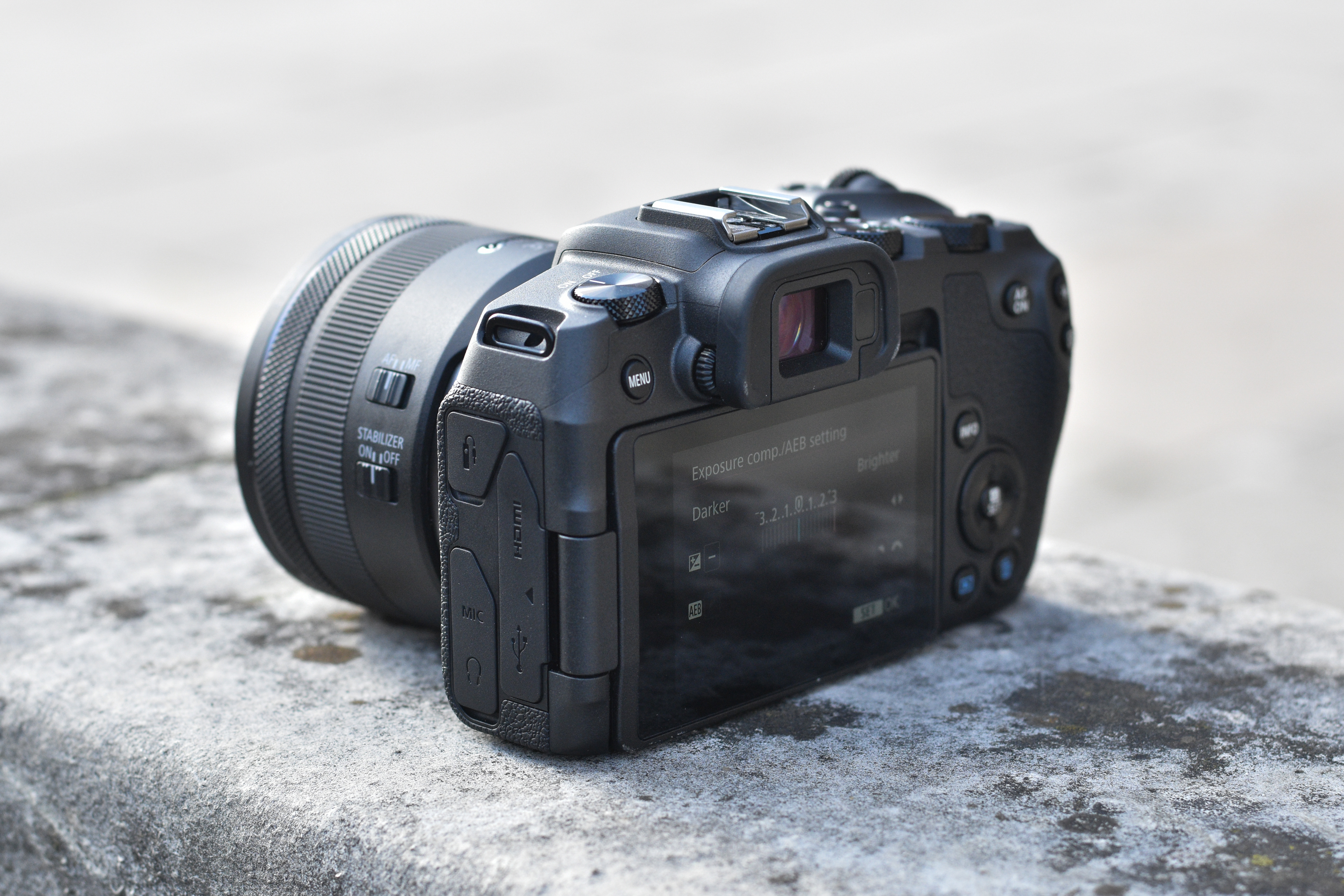

The viewfinder might not be the same 0.5in, 3.69million offering that we loved on the EOS R, and so it doesn't quite have the same wow factor when you find bring the camera to your eye, but it's a perfectly serviceable performer. Instead, we have a 0.39in finder with a 2.36million-dot panel inside. Its 0.70x magnification may appear a little on the stingy side, but it's large enough to give you a good view of the scene while being small enough for you to be able to take it in its entirety with your eye comfortably against the eyecup.
It performs roughly as expected for a viewfinder of this type. Clarity is very good without quite being outstanding, and the fact that the diopter control is positioned to its left-hand-side makes it easy to adjust as you continue looking though it (making the EOS RP something of a rarity). It does well to keep noise suppressed as you shoot in dimmer conditions too. The only real issue is one that affects many such viewfinders, namely the limited dynamic range when capturing images in high-contrast conditions. The eyecup could also do with being a little deeper, as you have to press your eye right up against it when shooting in bright light to see what's going on inside.
The LCD screen is a fine performer, being nice and clear and capable of showing very good detail when you are magnified right into a captured image. It's very responsive when used to select the focusing point and Q Menu options, and just a little less so when it comes to double-tapping or swipping the screen when browsing captured images, although changing this to a more sensitive option through the menus quickly rectifies this. There's also no way of knowing exactly where a 100% close-up view of the image is on default settings, but this can be selected through the Playback menu. It's just as well, as there's a slight delay when dragging your finger to check details in captured images normally, but when you're at 100% this becomes very fluid.
While a 3in LCD with a 1.04million dot resolution is not unexpected at this level, it's interesting to note that far cheaper cameras have been offering 3.2in LCD screens for some time now. This is a small point, but if you've come from a more junior model that offered this, you may feel a little short changed.
Canon EOS RP: image quality
- Generally sound performance for stills
- Crop and rolling shutter in 4K video
- Slightly sensitive metering system
At the time of writing, Adobe's editing programs do not currently support Raw files from the EOS RP, so we've based our analysis partly on files opened in Canon's proprietary Digital Photo Professional program.
The camera's metering system does a fine job in most balanced conditions, and during the review it didn't throw too many surprises. It does, however, appear to be a touch more sensitive than the norm when capturing images with larger areas of sky, or when focusing against slightly darker subjects, underexposing and overexposing accordingly. Given that metering is usually linked to the focusing point selected, this is something you generally see when focusing on a subject that's different to its surroundings, although when over and underexposure occurs it only seems to be by around 1/2EV or so.
Colors are very pleasing on default settings, with the Auto mode doing well to keep colors accurate and the Auto White Balance doing well to do the same. Keeping the Ambience Priority AWB setting enabled is a good idea if you tend to shoot indoors where there'll be more artificial sources; this retained the ambience of the scenes we captured very nicely.
Noise is well controlled until around ISO 3200, being noticeably worse at ISO 6400 and quite apparent at 12,800 and beyond. The camera offers three levels of noise reduction for high ISO images, and the middle 'Standard' option is the default setting. Comparing raw files with JPEGs shows this to have quite a heavy handed effect of fine details in darker and moderately lit areas, so it wouldn't be an advisable if you need to do anything with such an image beyond viewing it on at the size of your computer's display. The Low setting, or processing raw files yourself, is otherwise a better idea.
There's a further multi-frame noise reduction on hand too, which combines four images into one, although this is only really practical with a tripod. And if you're using a tripod, you can simply use a lower ISO setting to get around this noise (assuming you're not trying to freeze any motion).
Raw files are detailed but in need of sharpening to get them to their best, and the standard amount applied to images in camera makes a good deal of difference. Images with plenty of fine details, such as those with distant architecture, can benefit from a touch more sharpening to get them a little crisper, although those with natural subjects such as flowers appear to be sharpened to just the right point at default, where details are clarified without any haloing artefacts starting to appear over edges.

Click here to see the full-size image

Click here to see the full-size image

Click here to see the full-size image
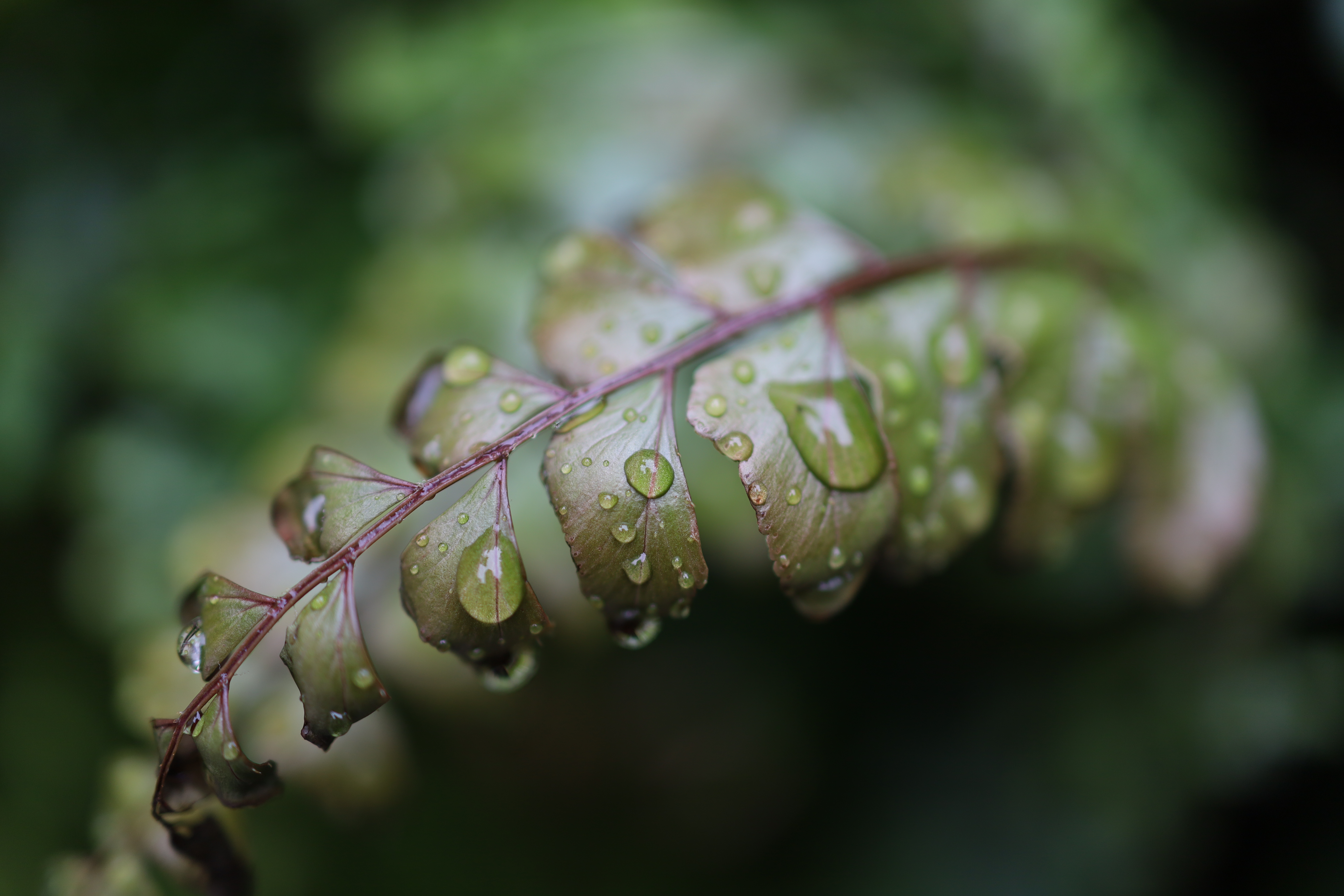
Click here to see the full-size image

Click here to see the full-size image
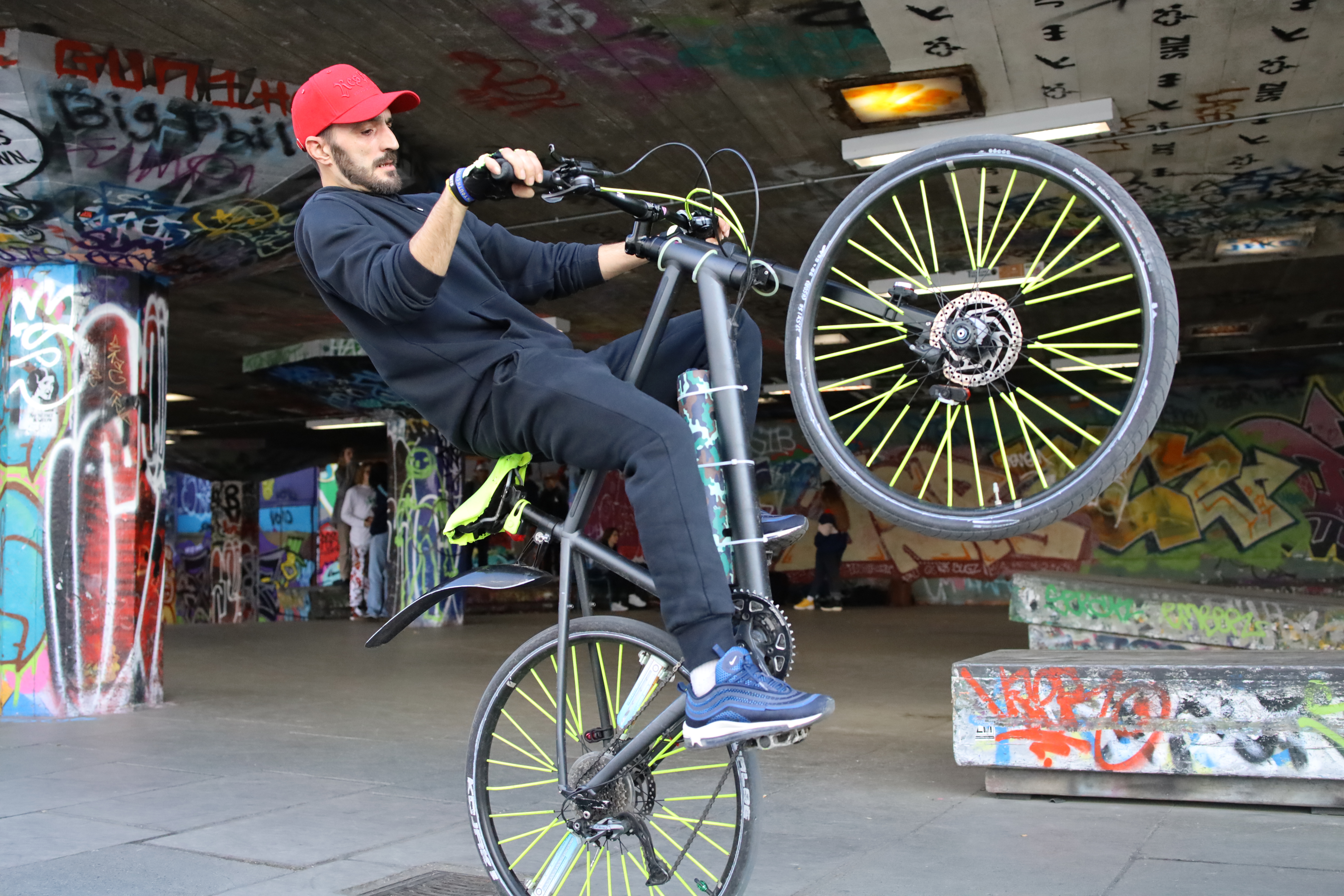
Click here to see the full-size image
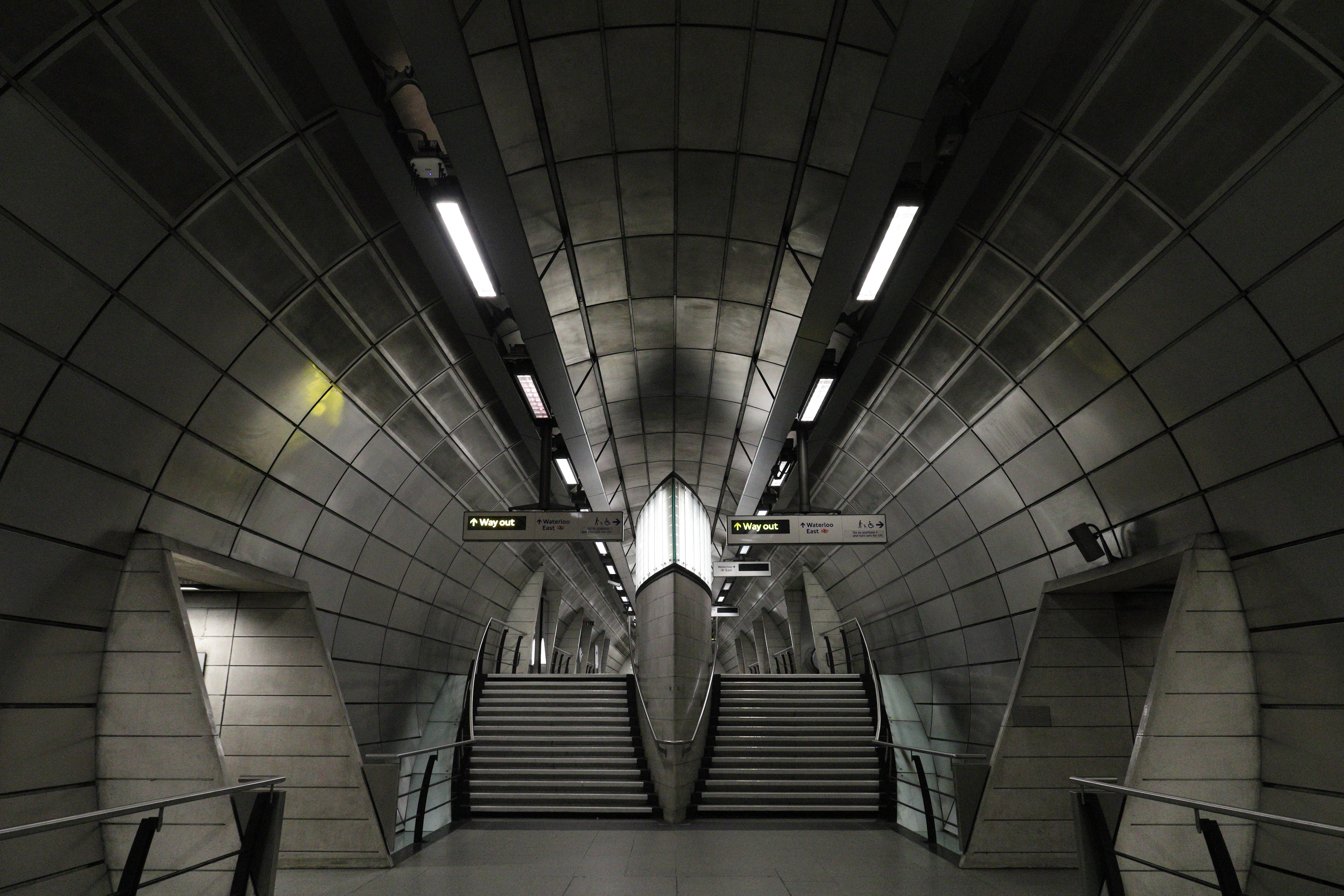
Click here to see the full-size image
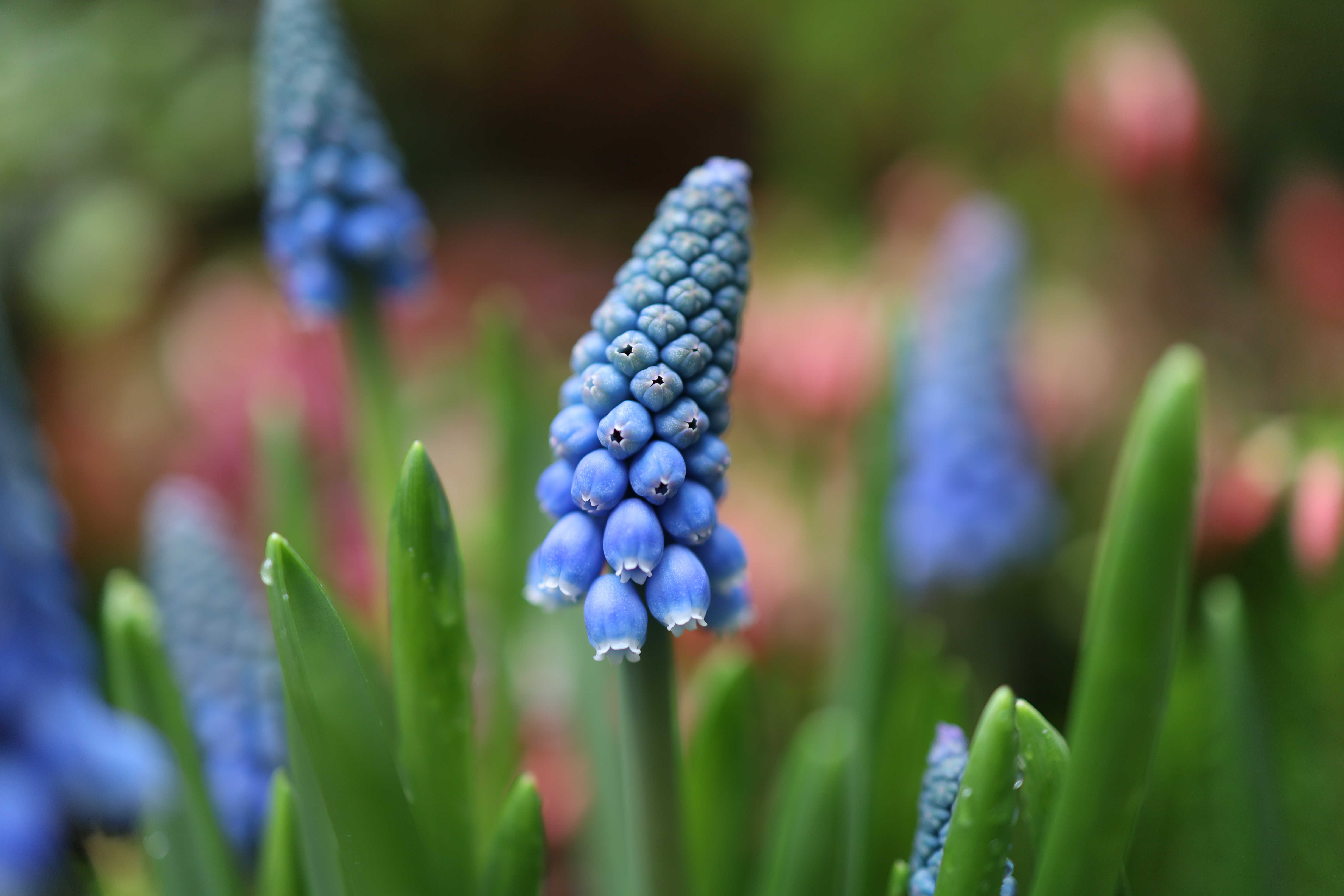
Click here to see the full-size image

Click here to see the full-size image
While the various limitations of the camera’s 4K capture mean it probably won’t have too much appeal to those intending on taking video seriously, the camera is very capable of producing nicely detailed footage. The positive effects of image stabilisation are obvious when handholding the camera, although rolling shutter can be quite obvious as you move the camera around the scene (although this is far less problematic when you're shooting in Full HD quality).
The crop factor is a bit of a bother when using wide-angle lenses, although if you need the extra reach it’s only a blessing. If you don't, you can either use a very wide lens or position yourself further back, although you do have to move back quite some way to get the same angle of view as the uncropped frame. Still, the crop is automatically visible prior to recording, so there are no annoying jumps into the frame once you hit record.
The face detection system works very well, and I was impressed with how easily it managed to find a face that didn’t occupy to much of the frame. Examining footage later shows that while the camera can often find the face without issue, that fact that it’s not using Dual Pixel CMOS AF in 4K recording means it might not actually bring it to focus as quickly as it may appear on the screen. But once it does, it does well to keep hold of it.
Audio quality is also perfectly good from the stereo microphones built into the camera, although the camera is susceptible to picking up wind noise when shooting outdoors. Naturally, anyone serious enough about they video making will employ an external microphone with protection against this.
Current page: Performance and image quality
Prev Page Build, handling and AF Next Page Verdict and competition